FeatureWatch 101: Know The Different Scales On Your Bezel (And How To Read Them)
Measuring more than time itself, here is a look at the different scales found on bezels
May We Recommend
We do love our watches that are bursting with one-of-a-kind complications and distinctive aesthetics, don’t we? And as watch lovers, we can agree that we, the so-called watch enthusiasts, have a certain bias for watches that can actually ‘do things’. Recently, I have noticed that there is a majority of people wearing watches with markings on the bezel – the outer ring that surrounds the watch glass. However, whenever I have asked them what the different scales on the bezel mean or what they calculate, they have no answer.
It might or might not come as a surprise that a watch can let you do so much more than just tell the time. From calculating speed and distance, to determining how much time is left on the parking meter, a watch can tell it all. Nevertheless, to explore the endless possibilities of the bezel of a watch, you first need to understand what the mysterious markings on the bezel are and how they work. And today, we are going to learn just that.
1. The Time-Elapsed, Count-Up Bezel (Zero-To-Sixty Scale)
This is probably one of the most common and simplest scales featured on a bezel. It was engineered to simply measure elapsed time. This particular bezel scale was first introduced in the Rolex Submariner and Blancpain Fifty Fathoms in the early 50s. Often called a ‘diver’s bezel’, the scales are usually marked from zero to sixty, which represents the minutes in an hour. On the bezel, the first 15 or sometimes 20 minutes are marked with one-minute differences. As you go higher up the scale, the scale is marked in five-minute increments.
How to use it: All you have to do is set the zero marker on the bezel against the minute hand. Accordingly, as time passes on, you can easily read the time on the outer ring, up to one hour. Hence, before the minute hand reaches the designated time of your dive, you’ll know that you will need to come up for air.

As you know, keeping track of the time one spends underwater is crucial for any diving expedition, which makes this bezel scale extremely important and necessary. It allows the diver to calculate the amount of oxygen he has left, along with the depth of his dive. Additionally, you will notice that the bezel only turns in one direction – an added safety measure that protects the diver, if accidentally bumped, hence shortening the dive. As you know, prevention is always better than cure.
Finally, apart from diving, the time elapsed countdown bezel can be used for a number of other reasons too, from figuring out how much time you have left before your plane leaves, to the minutes left before you have to meet your spouse or a friend. You can use it for a number of other reasons and not just for diving. Two of the most popular watches with a time-elapsed, count-up bezel is the Oris Divers Sixty-Five and the Omega Seamaster.
2. The Time-Elapsed, Countdown Bezel (Sixty-To-Zero Scale)
Yes, you presumed right. This is pretty much the opposite of a count-up bezel scale. Capturing elapsed time, the scale on the bezel is marked in descending order, from sixty to zero. It basically works in the same way as a count-up bezel scale but in reverse. To be honest, many people have questioned the necessity and use of the countdown bezel. They argue that a countdown bezel basically does calculate the time passed which the minute hand is already doing. However, with the minute hand, one would have to remember the start time. With the countdown bezel, that won’t be required.
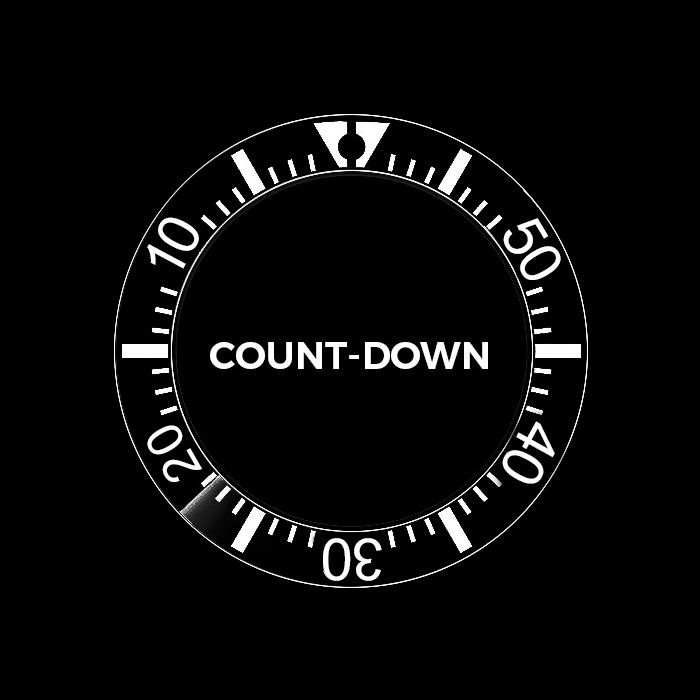
How to use it: All you would need to do is set the bezel marker against the minute hand and hence keep track of the time remaining for any event or task. All in all, it is a handy tool for when you want to remind yourself of how much time is left.
3. The Tachymeter
This is probably the second most popular scale found on a bezel. The tachymeter is a distinguished and must-have feature on any watch that has a chronograph, which was invented by Louis Moinet in 1816.
Did you know? The chronograph was first created as an astronomical instrument. Louis Moinet created the first chronograph to time the passage of stars, planets and planetary moons.
A tachymeter aids the wearer in calculating speed, based on travel time along with the distance covered. Typically found on the bezel or the outer part of the dial, it features a scale that starts from 500 and descends to 60. It is a logarithmic scale wherein the spaces or increments within the marks are inversely proportional to ‘t‘, the elapsed time in seconds. This allows the wearer to simplify the calculation by using a simple formula:
Tachymeter reading = 3600 / t

How to use it: You simply need to start the chronograph from the starting point. Once your subject reaches the desired end mark, you stop the chronograph. The reading on the bezel where the central chronograph seconds hand points gives you the average speed in units (could be miles or kilometres) per hour. Additionally, it is also possible to calculate the varying degrees of speed from a faster to a slower subject. All one needs to do is increase or decrease the unit of measurement from miles to half-miles and so on. However, the only limitation is the time frame, which cannot exceed a minute as the bezel markings are limited between 10 and 60 seconds. In some cases it extends up to 70.
4. GMT – Second Or Third Time Zone
Rightfully called the GMT scale bezel, this bezel is used to track a second time zone, most often the Greenwich Mean Time. This is the one truly indispensable complication for every jet-setting traveller around the world – a brilliant function, not because of its intricacy, but because of its simplicity. It aids the wearer in reading time in different time zones, making sure you are always on time, wherever you are.

How to use it: Once you set the GMT hand to the actual GMT scale on the bezel, all you need to do is add or subtract to the GMT. This will result in you being able to calculate the time pretty much anywhere in the world. Sometimes an addition of another scale on the dial allows the watch to show up to three time zones.
Although the function was first created for pilots, with the provision of easy transport facilities that made the world a whole lot smaller, the GMT function became a must-have for every globetrotting individual. It is also a very important complication for a majority of those who deal with people in different time zones. After chronographs, a GMT feature is possibly the most useful function a watch can have.
5. Compass
Whenever we think of a compass watch, we tend to think of sporty watches. This is must-have tool for hikers, backpackers, trekkers, and other outdoor enthusiasts.
Did you know? Your analogue watch can also be used as a compass. Amazing, right? So if you are ever lost in the woods with no compass, you can easily determine the direction with your analogue watch. If you’re in the Northern Hemisphere, all you need to do is hold your watch to have the hour hand point at the sun. The midway point of the angle between the hour hand and 12 o’clock is your north-south line. Before noon, go clockwise towards 12, and after noon, go counterclockwise. South will be the direction that the angle is facing. This obviously can’t be done after sunset, unfortunately.
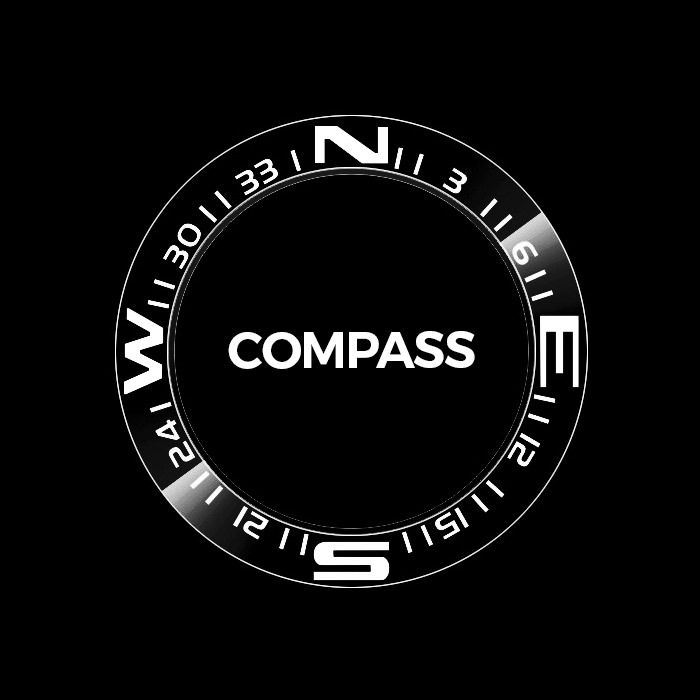
However, if you own a watch that features a compass bezel, then reading it is fairly simple.
How to use it: Before you start determining the direction, just make sure that the watch is on standard time and not Daylight Saving Time. Once set to regular time, if you are in the Northern Hemisphere, point the hour hand at the sun and accordingly rotate the south mark of the compass bezel halfway between the hour hand and 12 o’clock. So, now you can read the direction on the bezel. Likewise, just reset the bezel once an hour and you will eventually find your way home. Alternatively, if you are in the Southern Hemisphere, you’ll need to move the north mark of the compass bezel halfway between the hour hand and 12 o’ clock.

6. Telemeter
Originally developed for soldiers to calculate the distance between them and enemy fire, the telemeter basically tracks the distance between the wearer and an event that is visible and audible. The telemeter is also commonly used to track how far away lightning is during a thunderstorm.

How to use it: You will have to start the chronograph when you see or hear the event and compute accordingly. For example, if you are tracking how far away lightning is during a thunderstorm, one needs to start the chronograph when one sees the first flash of light. The chronograph needs to be stopped when one hears the first clap of thunder. The reading of a telemeter is marked opposite the stopped chronograph hand.
7. Slide Rule
Keeping the best for last, the slide rule bezel is arguably one of the most complicated and smart scales featured on a bezel. It is probably the only scale that does not require the hands of the watch. Instead, it uses two logarithmic scales to perform any kind of mathematical functions. This particular type of scale was made popular by Breitling in the 50s, with the introduction of their Navitimer collection. The circular slide rule featured on the bezel is a calculation tool that dates back to the ear before electronic calculators, and would probably not have much use in today’s world.
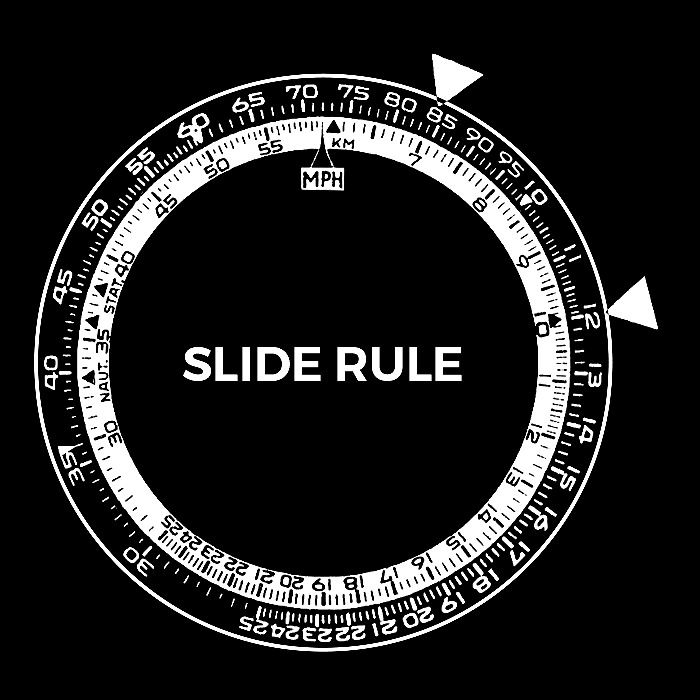
Hosting an array of features from metric or standard conversions to distance calculations, the slide rule bezel also features some pilot-appropriate calculations.
How to use it: You need to remember the conversion factor number, which is 10, and indicated in red (on the Breitling Navitimer). Then you line up the number you want to multiply with from the rotating bezel. You then find your other multiplier and then finally find your answer opposite it on the outer scale. You must note that to read off this particular type of bezel, it is always better to have a basic understanding of the logarithmic scale.


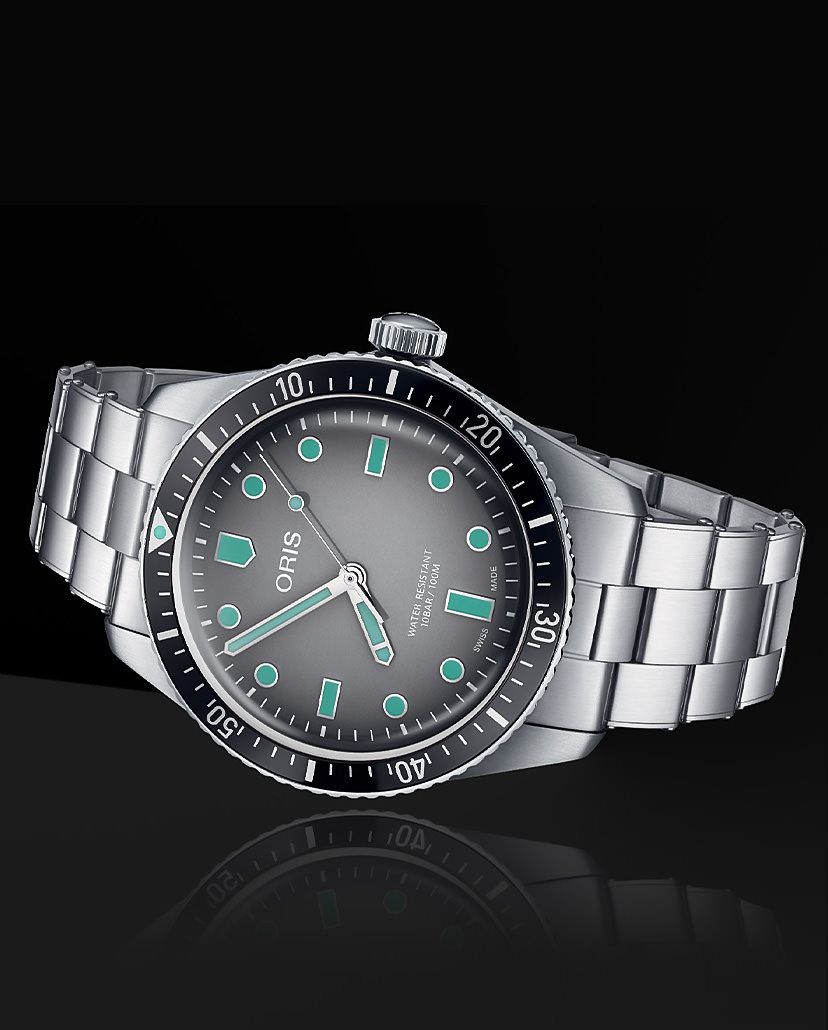
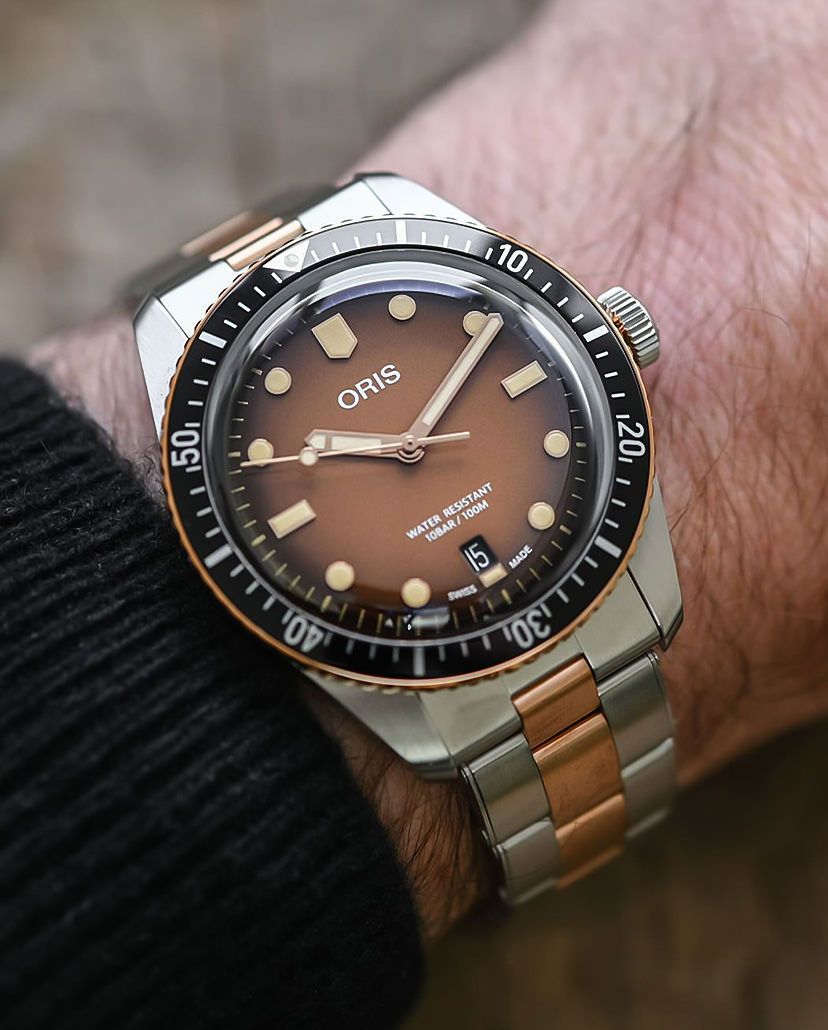

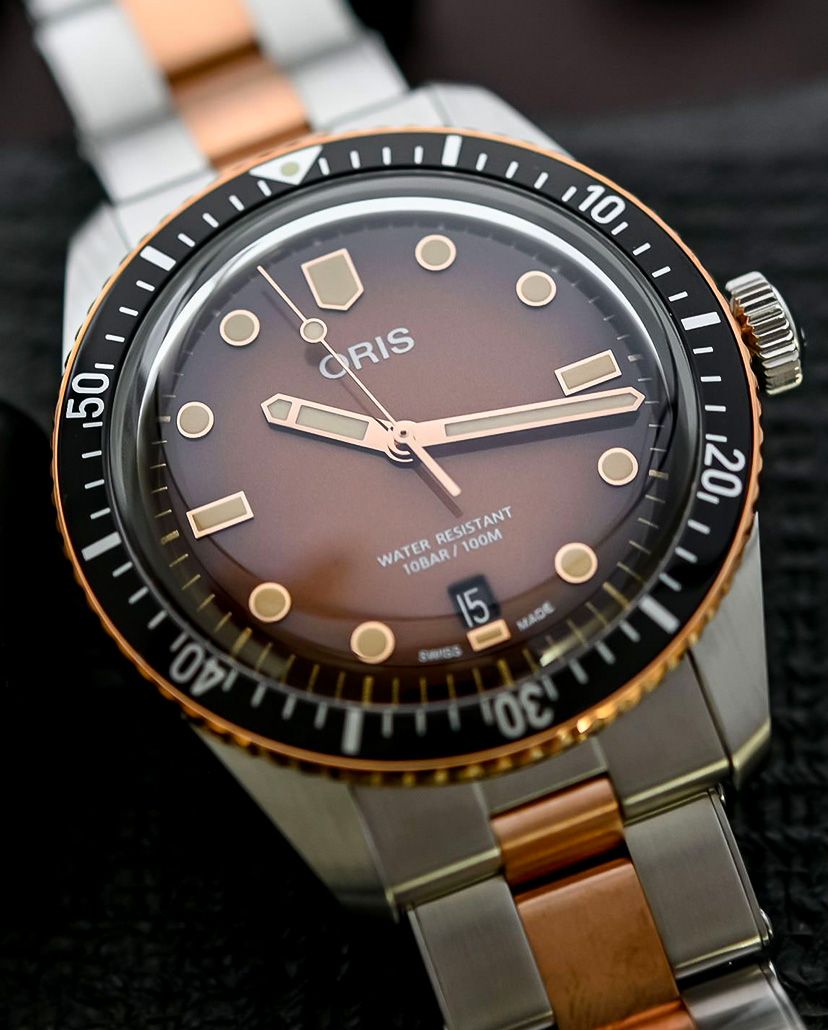
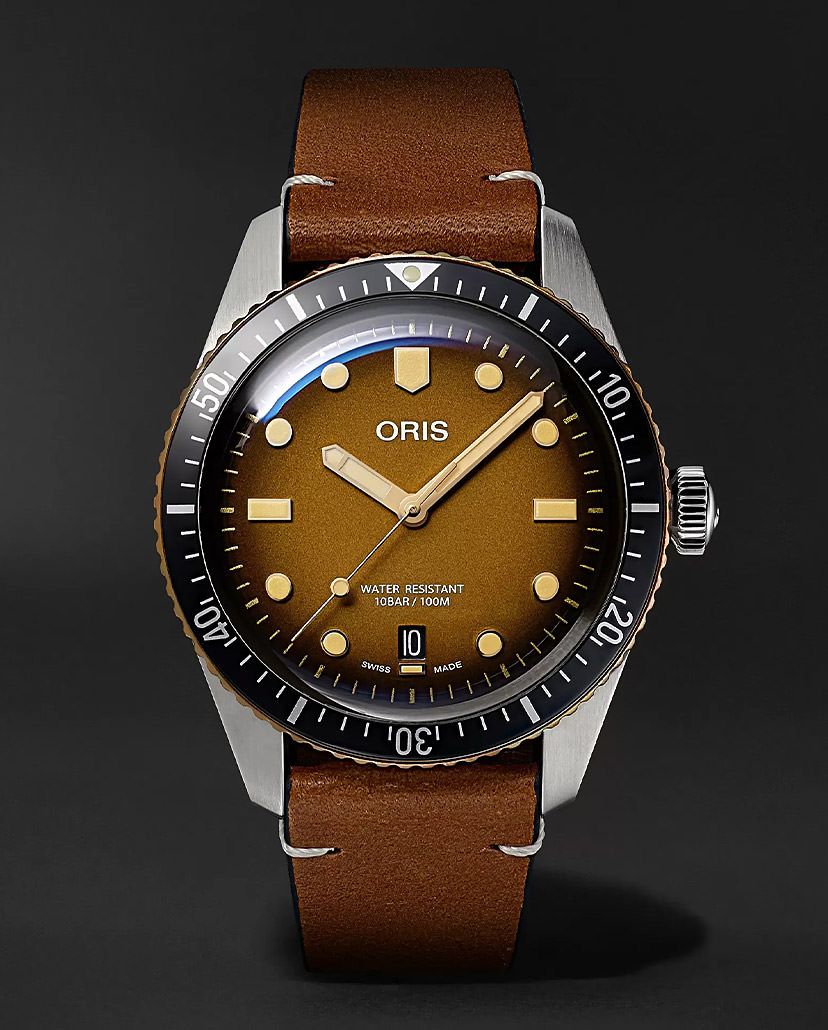


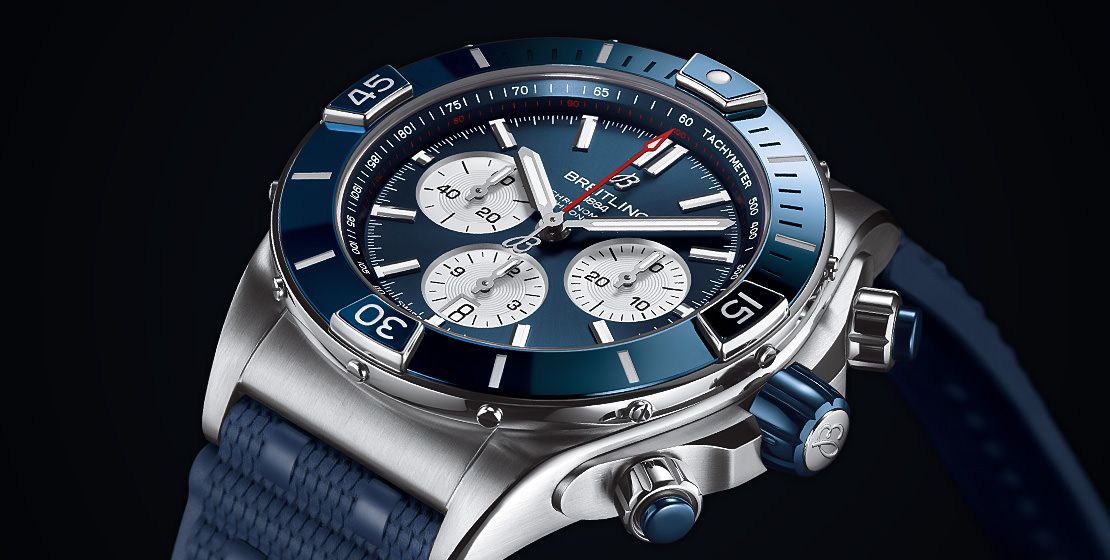

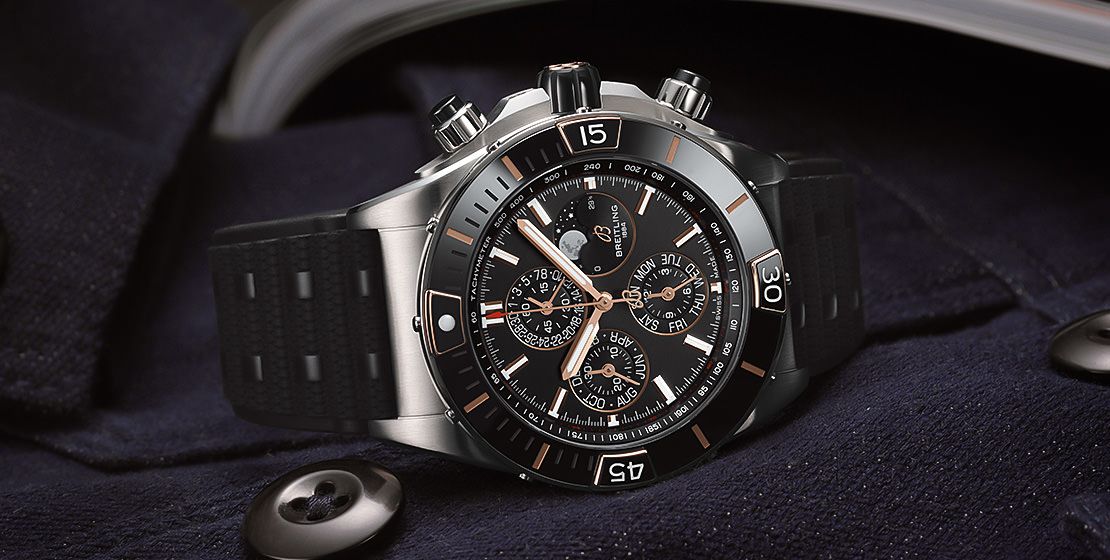

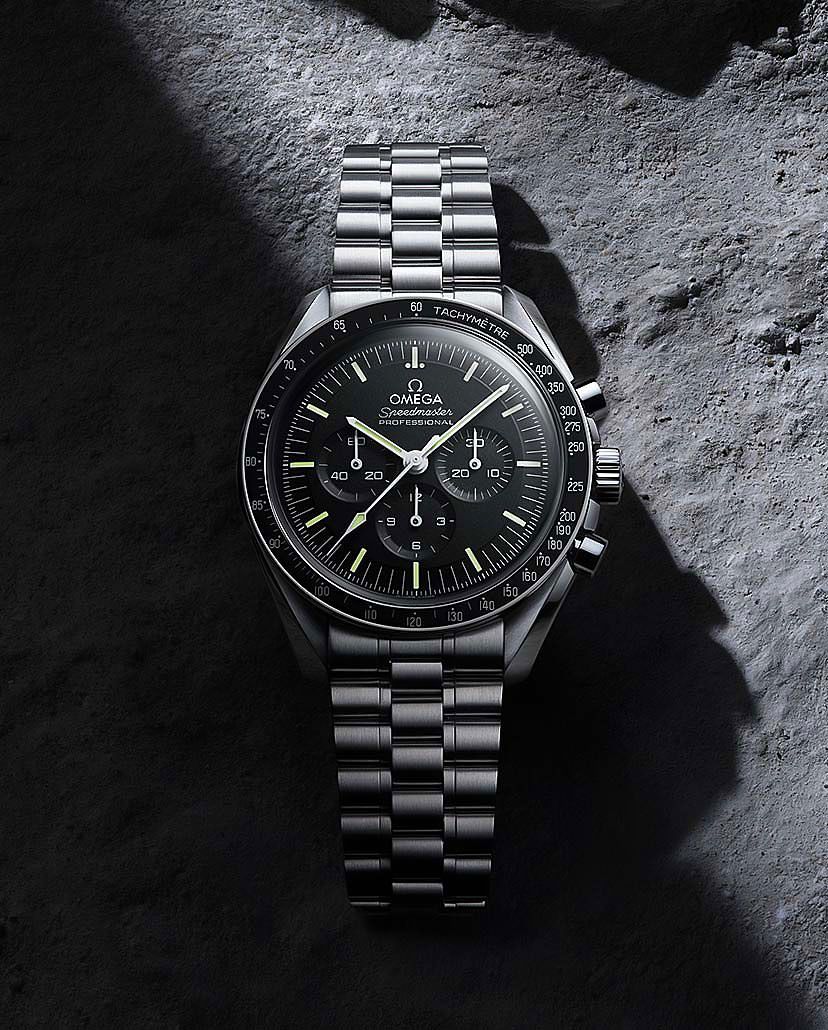
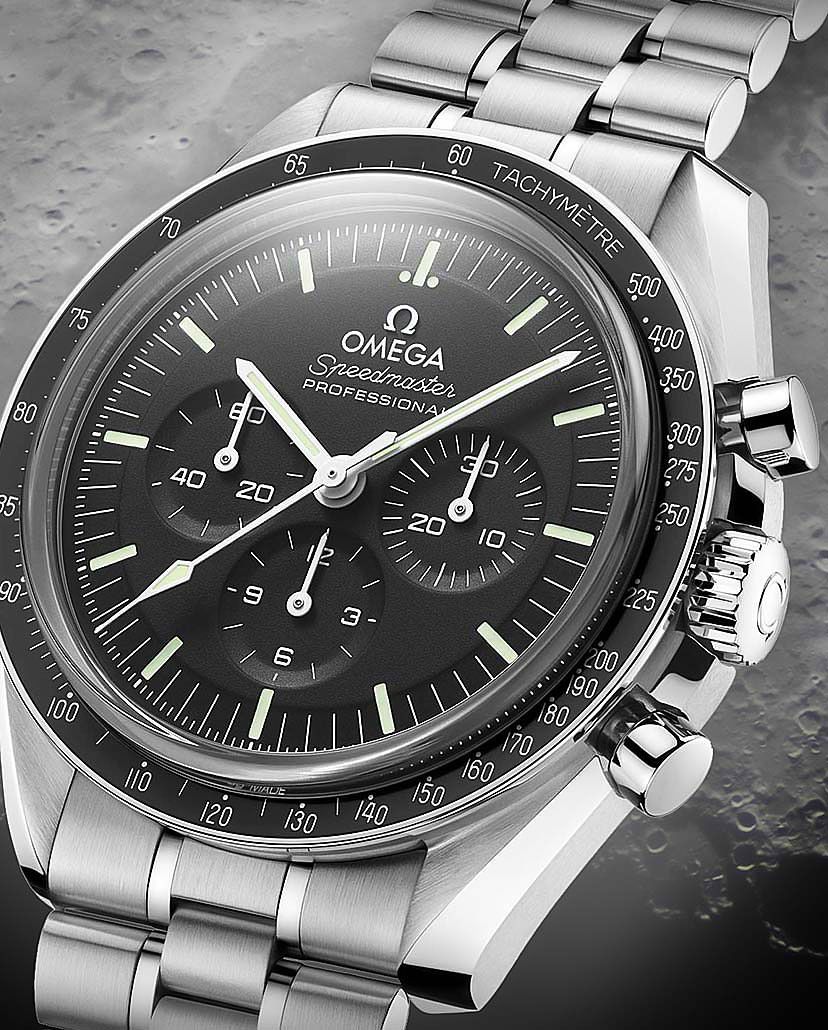
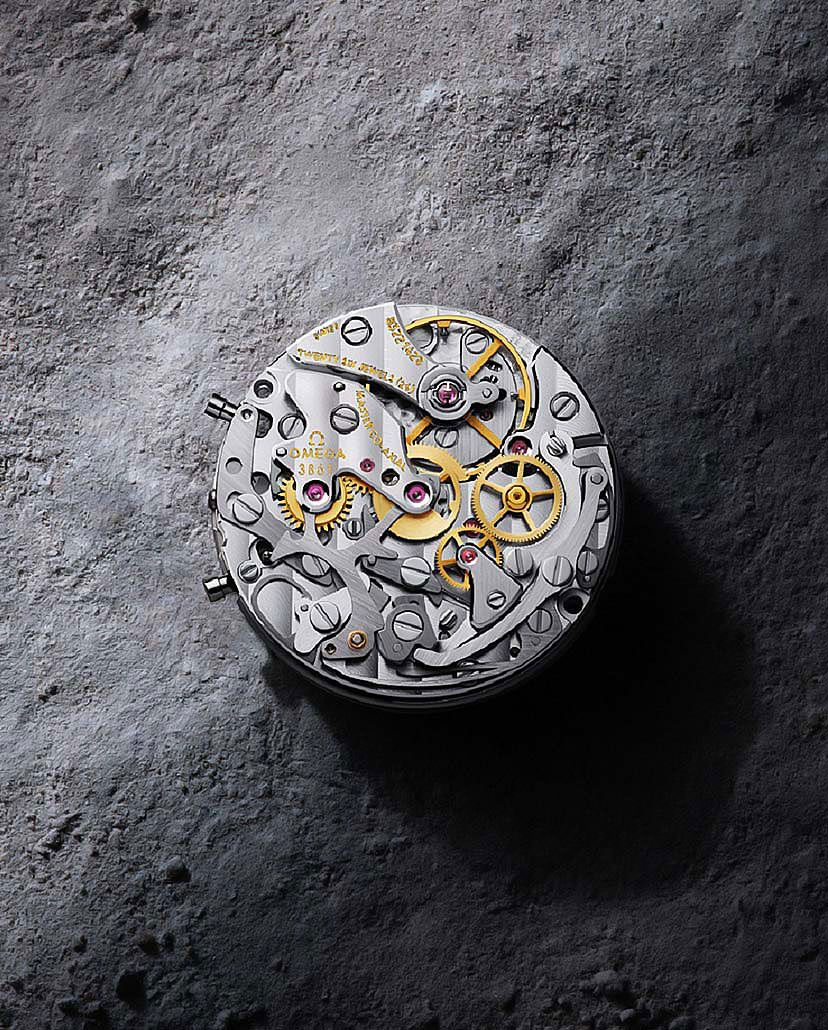
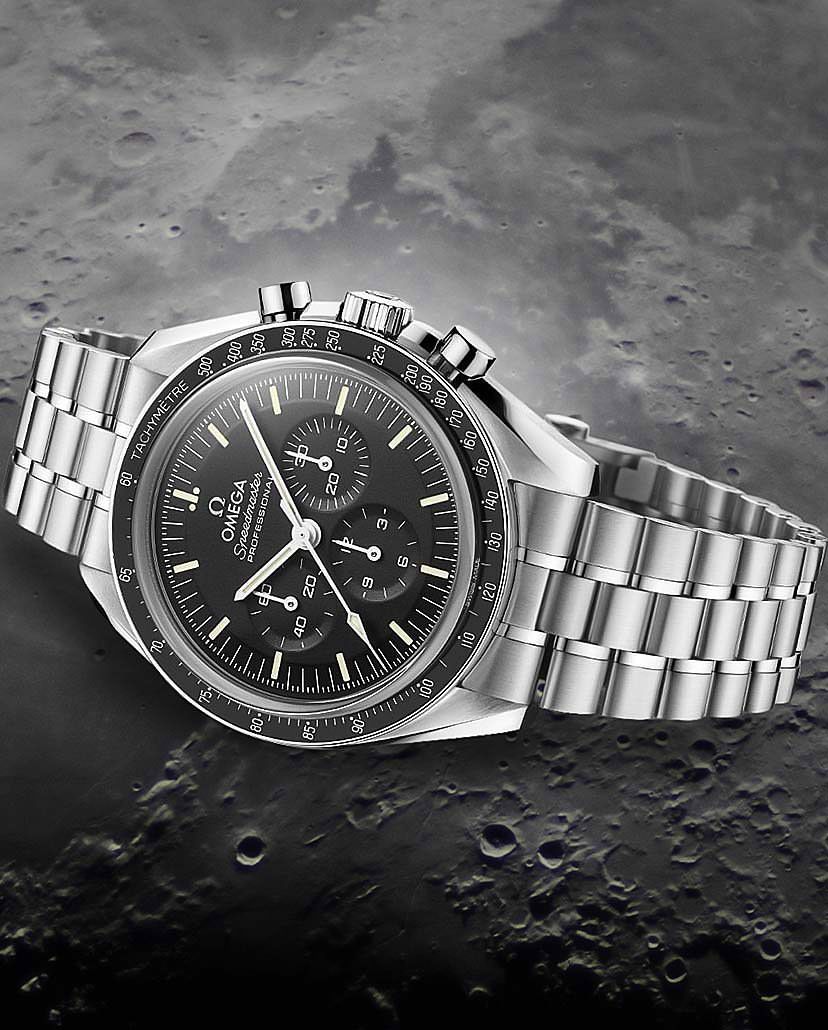
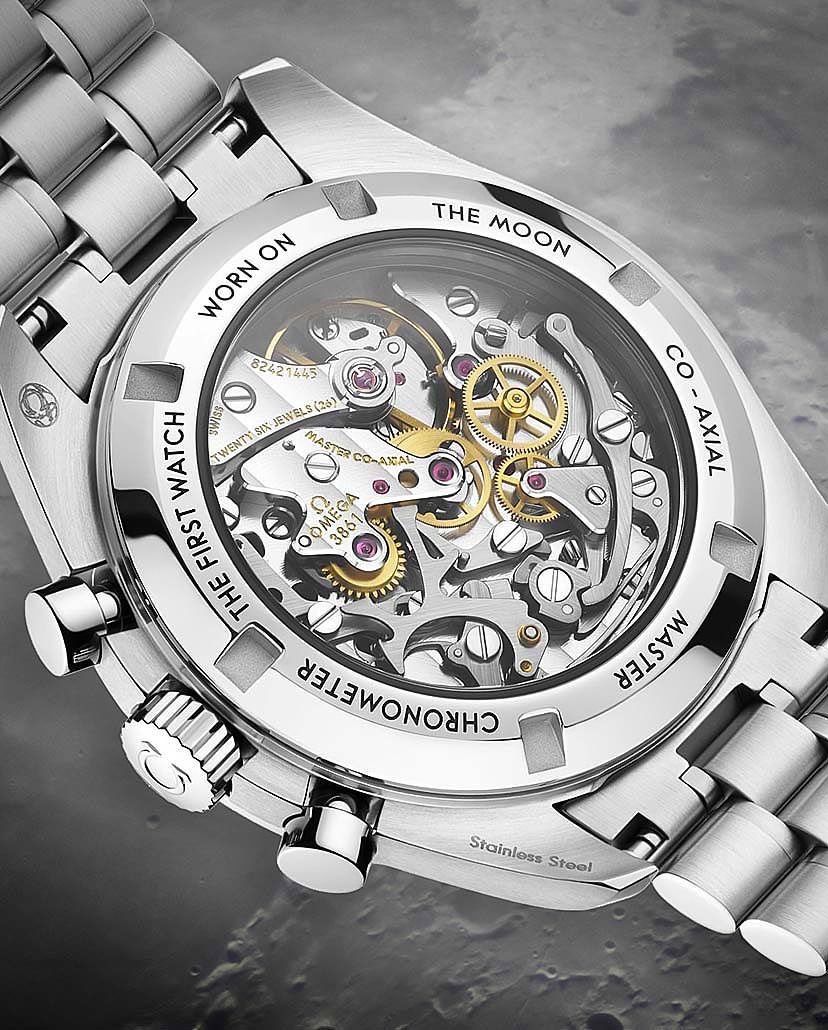





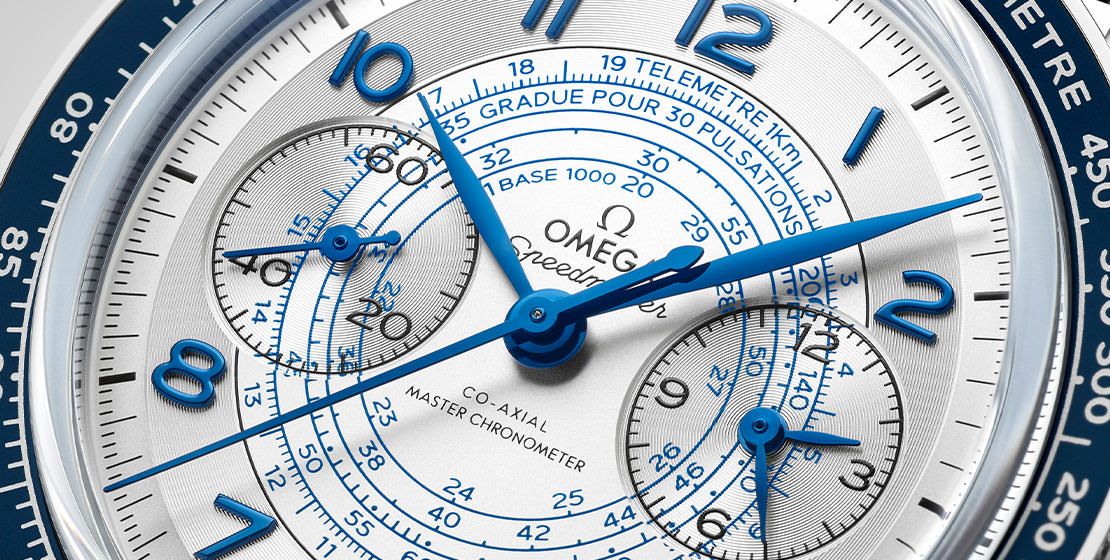
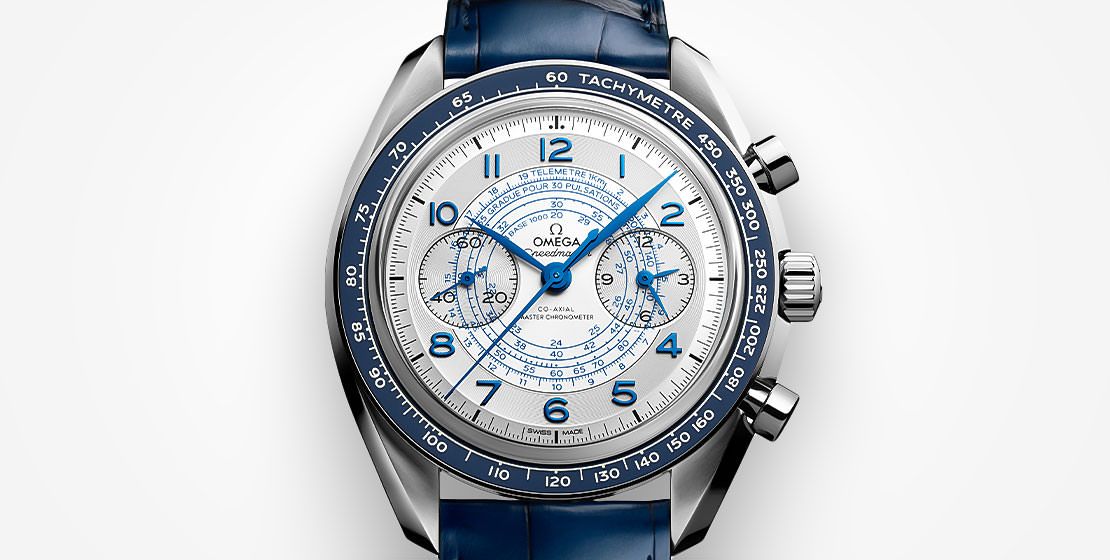

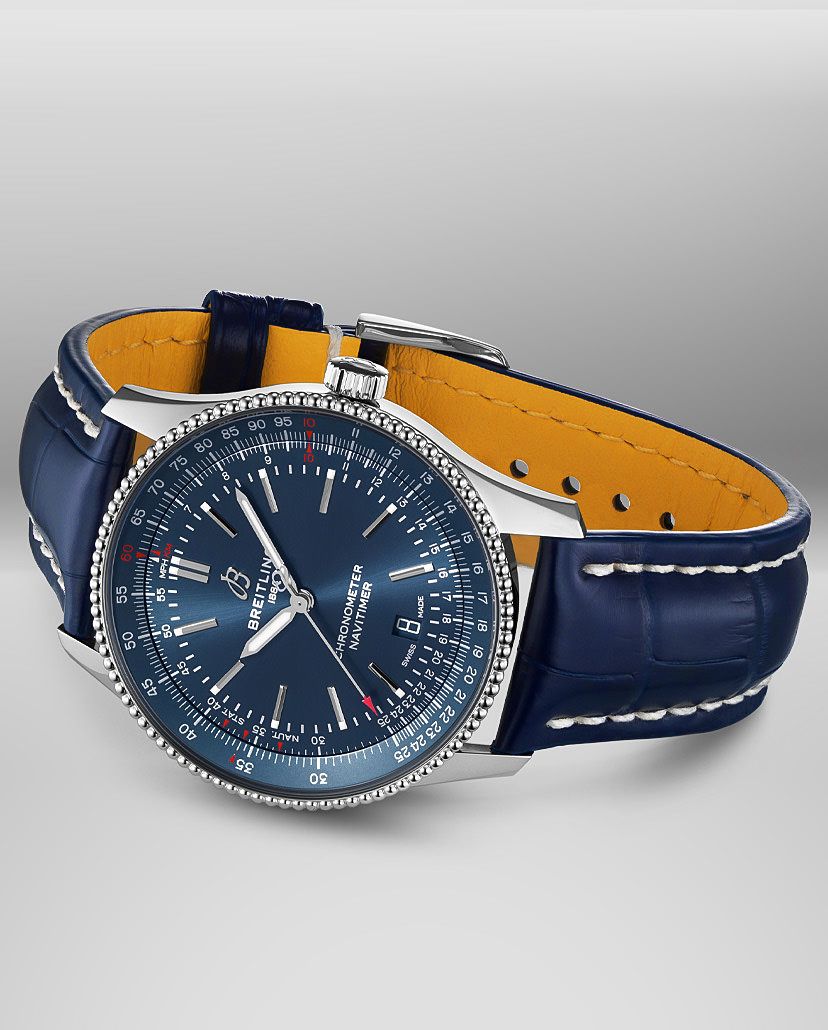
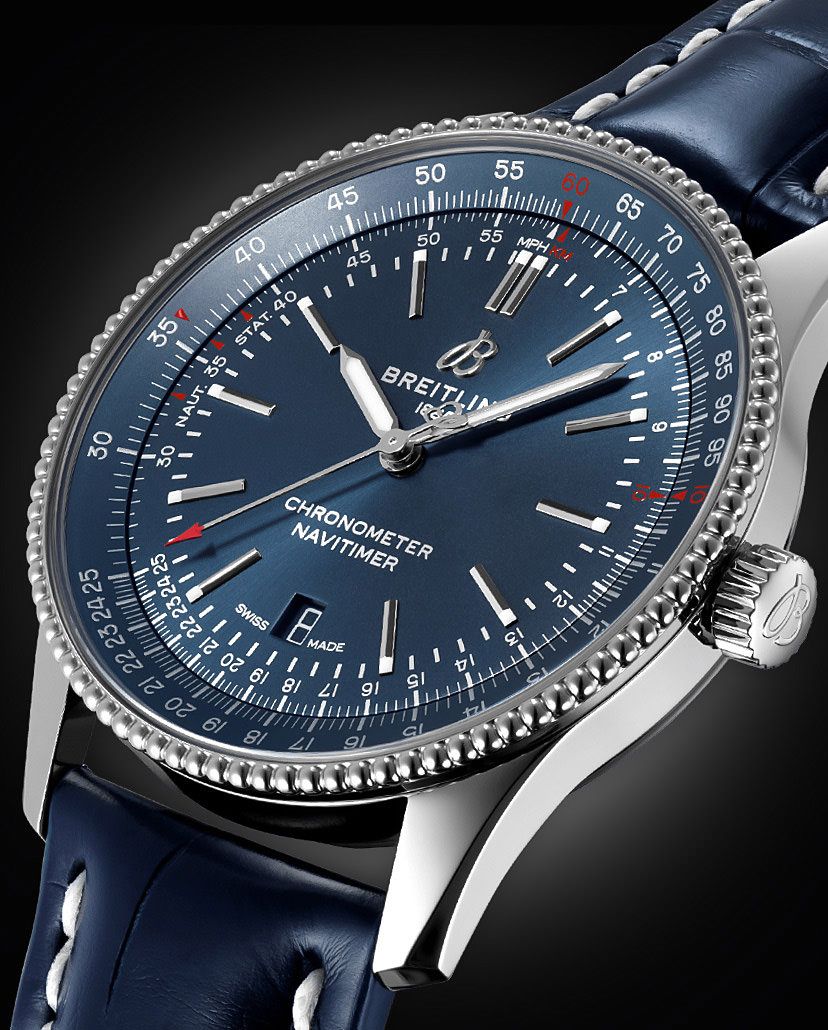









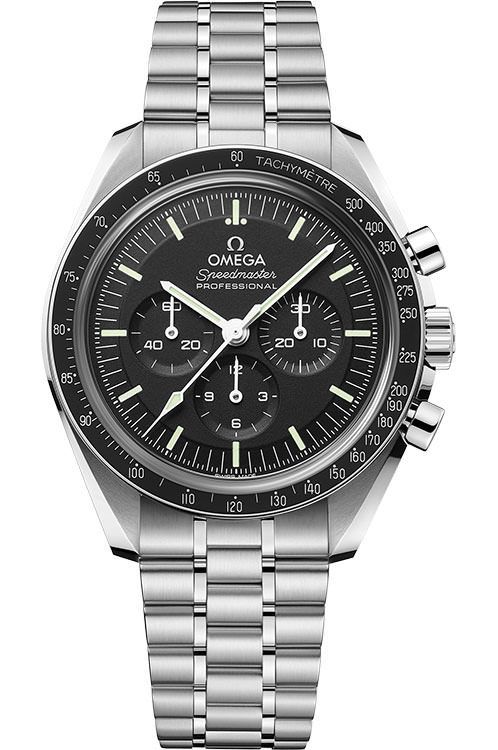









It is entirely about time spent underwater though, as that and the depths measured by a depth gauge plus other factors allow the diver to estimate how much time they’ll need to return to the surface safely, meaning to avoid the bends. And they also point out the watch and gauge are only a back-up these days as wrist-worn dive computers now handle those functions.
So I’m as dependent as everyone else is on the population of those who actually dive with their watches to explain their use, and here’s their common explanation I’ve seen: Watching elapsed time doesn’t measure oxygen usage directly though most information in the popular media says so.
I’m not a diver, but perusal of popular watch forums proves that hardly anyone who buys a dive watch is either, hence the term “desk diver.” Likewise, those who question the necessity of the countdown bezel do so because they don’t have one or use the elapsed time version they already have only sparingly. And among those popular fora in which I swim about, hardly a peep can be heard or found concerning the proper use of said elapsed time bezels.
The basis of my conclusion is also due to several years spent searching for watches whether new or vintage with countdown bezels, which are almost nonexistent, yet are by far the most useful for daily wear. But first it’s necessary to understand the reason for both scales.
First, the comment that the diver’s markings are “probably one of the most common and simplest scales” is a vast understatement. A conservative estimate based just on my own watch experiences places the elapsed time bezel style as well over 90% of all watches sold with either rotating bezels or others used for purposes of calculation.
Et tu Ethos, Et tu?
While many thanks are due the author, especially concerning the bezel markings and uses with which I’m unfamiliar, there’s clearly the typical major confusion about the two most basic, the elapsed time diver’s bezel and the countdown type, sometimes called the pilot’s scale. Particularly troublesome is using words like “elapsed time” and “time elapsed countdown bezel” and other such terms interchangeably; how’s a landlubber supposed to make sense of it all? ;-)